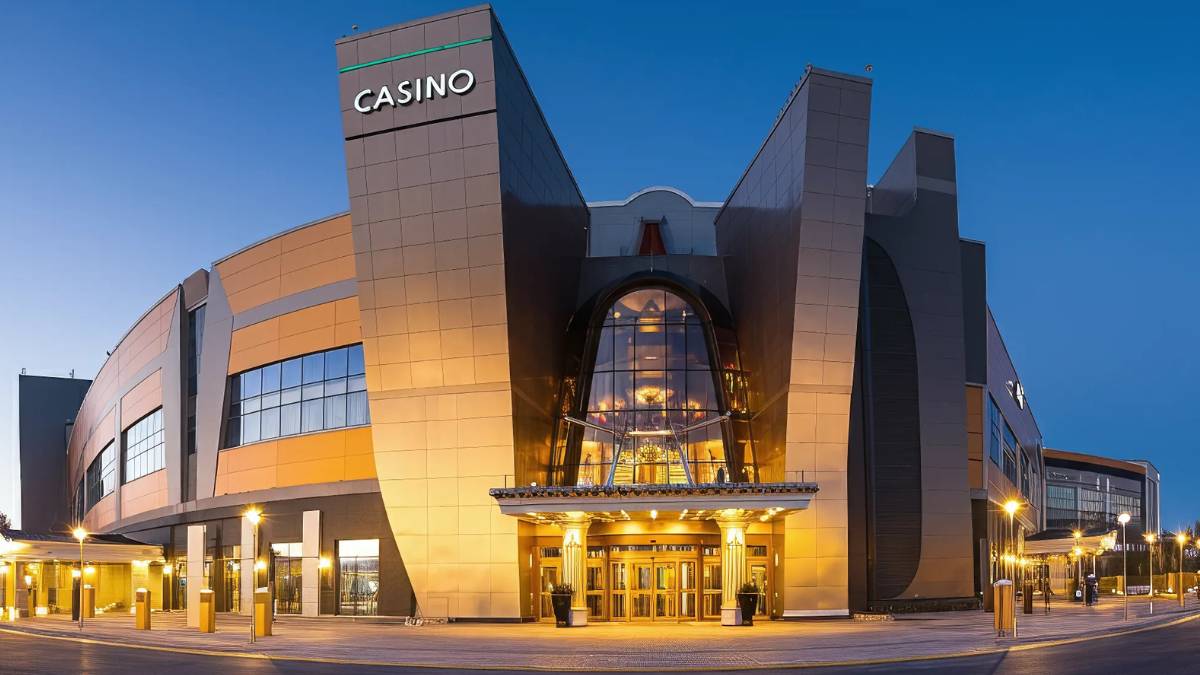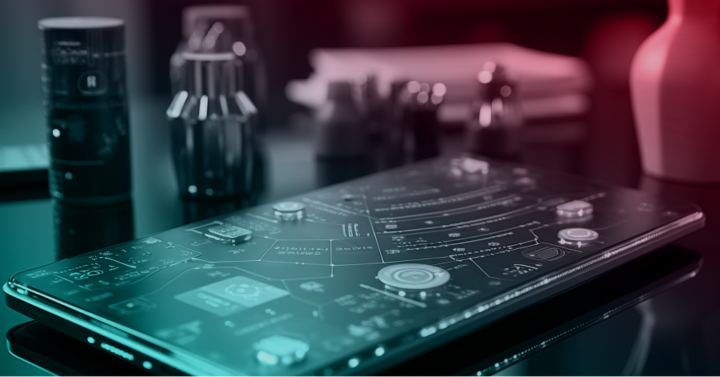Sports
5 of the Most Iconic British Sports Cars From the Sixties and Seventies
British manufacturers produced several iconic sports cars during two of the most exciting decades in automotive history. Some are still easily recognizable by enthusiasts, while others have been forgotten, so in this article, we’re going to remember five of the greatest British sports cars of the sixties and seventies.
While a clear winner was and still is impossible to determine, we can all agree that the British have been on top of the sports car game for many decades.
These days, large UK-based manufacturers like McLaren, Aston Martin, and Lotus, or even smaller ones like Ariel, Noble, and Caterham, build some breathtaking sports cars that have a “spiritual” connection to the icons of the sixties and seventies.
Back then, a sports car craze that spread like wildfire across the most important regions of the planet was, in part, fanned by the British automotive industry’s focus on delivering vehicles conceived for those who craved an exciting driving experience.
Many great sports cars were developed in the UK during those exciting decades, and today, we’re going to take a look back at five of the most iconic.
Triumph Spitfire
Named after the illustrious Supermarine Spitfire fighter plane of World War II, this British sports car was manufactured for over 18 years. It sold well on home soil and other important markets, including North America.
It was conceived in the early 1960s by Standard-Triumph (later, Standard Motor Company) as a competitor for the Austin-Healey Sprite and the bodywork of the first iteration, which debuted in 1962, was designed by famous Italian stylist Giovanni Michelotti.
Available as a two-seat convertible and later a two-seat hardtop, the Spitfire was continually improved and produced in five distinct iterations.
The most desirable and arguably the most potent iteration of the Spitfire was the Mk III produced from 1967 to 1970.
When its 1.3-liter engine was equipped with twin carburetors, the 1,568-pound (711 kg) had 75 hp on tap and could sprint to 60 mph (97 kph) from a standstill in 13.4 seconds.
Nevertheless, thanks to its reduced weight, sturdy Standard inline-four, and well-tuned suspension system, it delivered an exciting driving experience despite its modest performance figures.
Austin Healey 3000
The most famous of all “big Healey” models, the Austin Healey 3000, was introduced in the summer of 1959 and quickly became one of the most revered British sports cars of its era.
Available as a two-seater or as a 2+2 with gorgeous convertible or hardtop bodies, the Austin Healey 3000 was produced in three separate iterations until 1967, but there was also a fourth of which only three prototypes were built.
Powered by a 2.9-liter BMC C-Series inline-six, which made from 136–150 hp, the Austin Healey 3000 was not just a beautiful sports car but also one that was thrilling to drive.
In terms of performance, a MkII could accelerate from 0 to 60 mph (97 kph) in 10.9 seconds and reach a top speed of 113 mph (1812 kph).
Assembled in Abingdon, England, the model was exported to North America, where it was very successful. In 1963, about 90% of the Austin-Healey 3000 examples were shipped across the Atlantic.
Lotus Seven
One of the first road cars produced by Lotus, the Seven is undoubtedly the most iconic.
The street-legal embodiment of Colin Chapman’s philosophy, which focused on delivering performance through shedding weight and simplifying everything, the Seven debuted in 1957.
The car became a hit among enthusiasts who appreciated its near-flawless handling and ability to be driven on both road and track.
It was powered by various inline-fours, most notably the Lotus Twin Cam DOHC engine or Ford Europe’s OHV Kent.
Also available as a kit car for most of its lifespan and basically kickstarting the kit car market, the Seven was produced in four distinct series until 1973.
Lotus then sold the rights to the design to Caterham Cars, one of its biggest dealers, which restarted production of the Seven. The model is still around today as the Caterham Seven.
Jaguar E-Type
The E-Type, or XK-E, in North America, is unquestionably one of the most iconic British sports cars of all time.
It was unveiled in March 1961, and legend has it that Enzo Ferrari called it the most beautiful car ever made.
While that’s debatable, there wasn’t, and still isn’t, any question about its masterful blend of precise handling and power that always resulted in a big smile on the face of those lucky enough to drive an example.
Produced until 1974 in three evolutionary series, the E-Type was available as a two-seat coupe, convertible, or 2+2 fastback coupe.
It featured a fully independent suspension system and disc brakes all around, and its engine was mounted behind the front axle, close to the middle of the chassis, resulting in its unmistakable long nose.
Throughout its lifespan, the model featured either a Jaguar inline-six or the company’s potent 5.3-liter V12.
The Series III, which received the 272-hp twelve-cylinder, could sprint from 0 to 60 mph ( 97 kph) in less than 7 seconds and reached a top speed of up to 146 mph (235 kph).
Aston Martin DB5
The DB5 is another British legend that rose to worldwide fame thanks to its appearance in the James Bond series’ 1964 Goldfinger.
Designed by Carrozzeria Touring Superleggera’s Federico Formenti, the DB5 was introduced in 1963.
Apart from its big-screen appearance and its beautiful, timeless coachbuilt body, the DB5 became an icon thanks to its luxurious nature and state-of-the-art mechanicals – by 1960s standards.
Through it’s production cycle, the car was powered by an Aston Martin DOHC all-aluminum inline-six that could spit out between 282 and 325 hp, depending on the model year.
Equipped with the 282-hp version of the engine, the DB5 accelerated to 60 mph (97 kph) from a standstill in 8 seconds on its way to a top speed of 145 mph (233 kph).
Even more impressive was the high-performance DB5 Vantage, which received a 325-hp version of the inline-six.
Available only in 1964, the Vantage could do the 0 to 60 sprint in 6.5 seconds and reach 155 kph (250 kph














